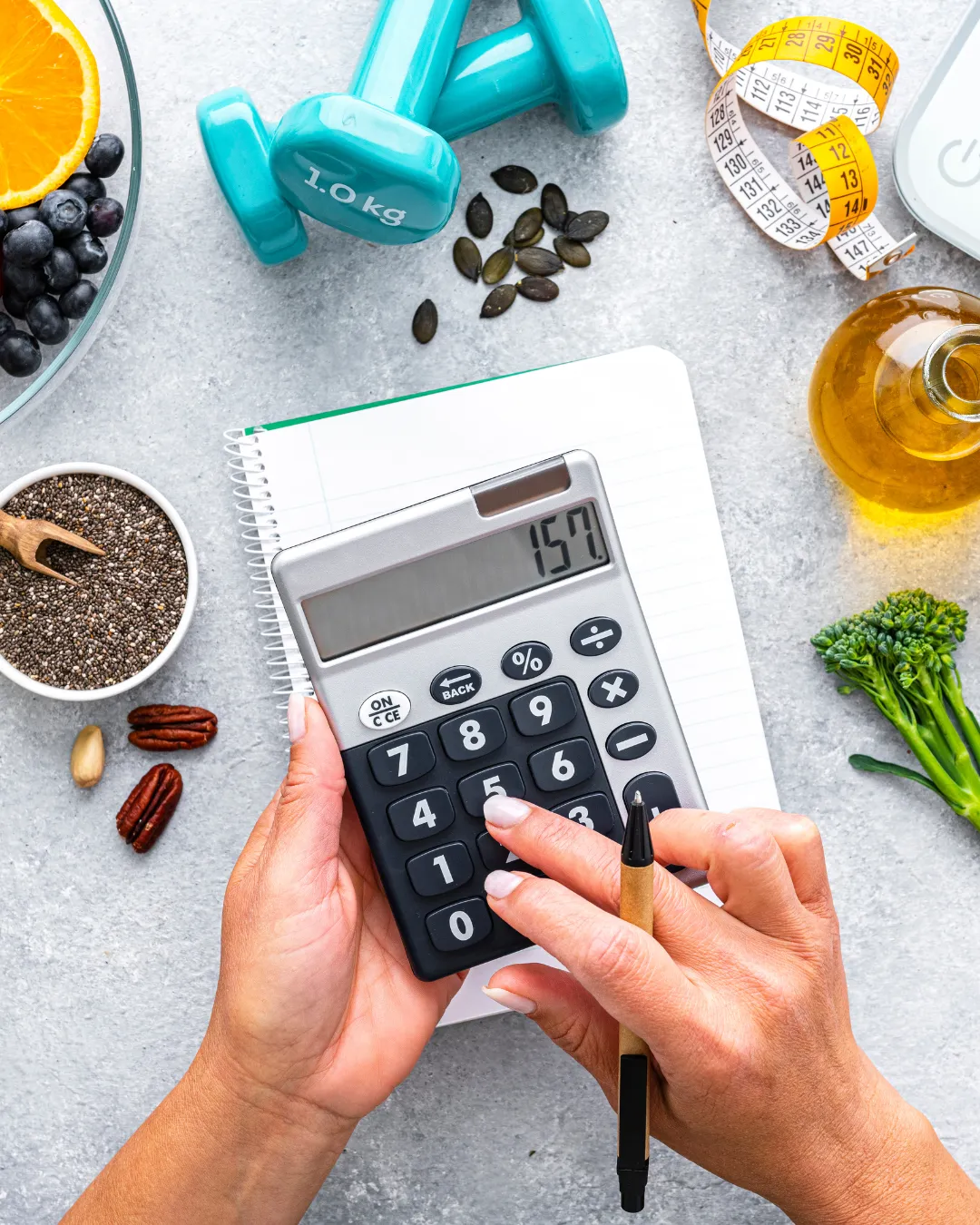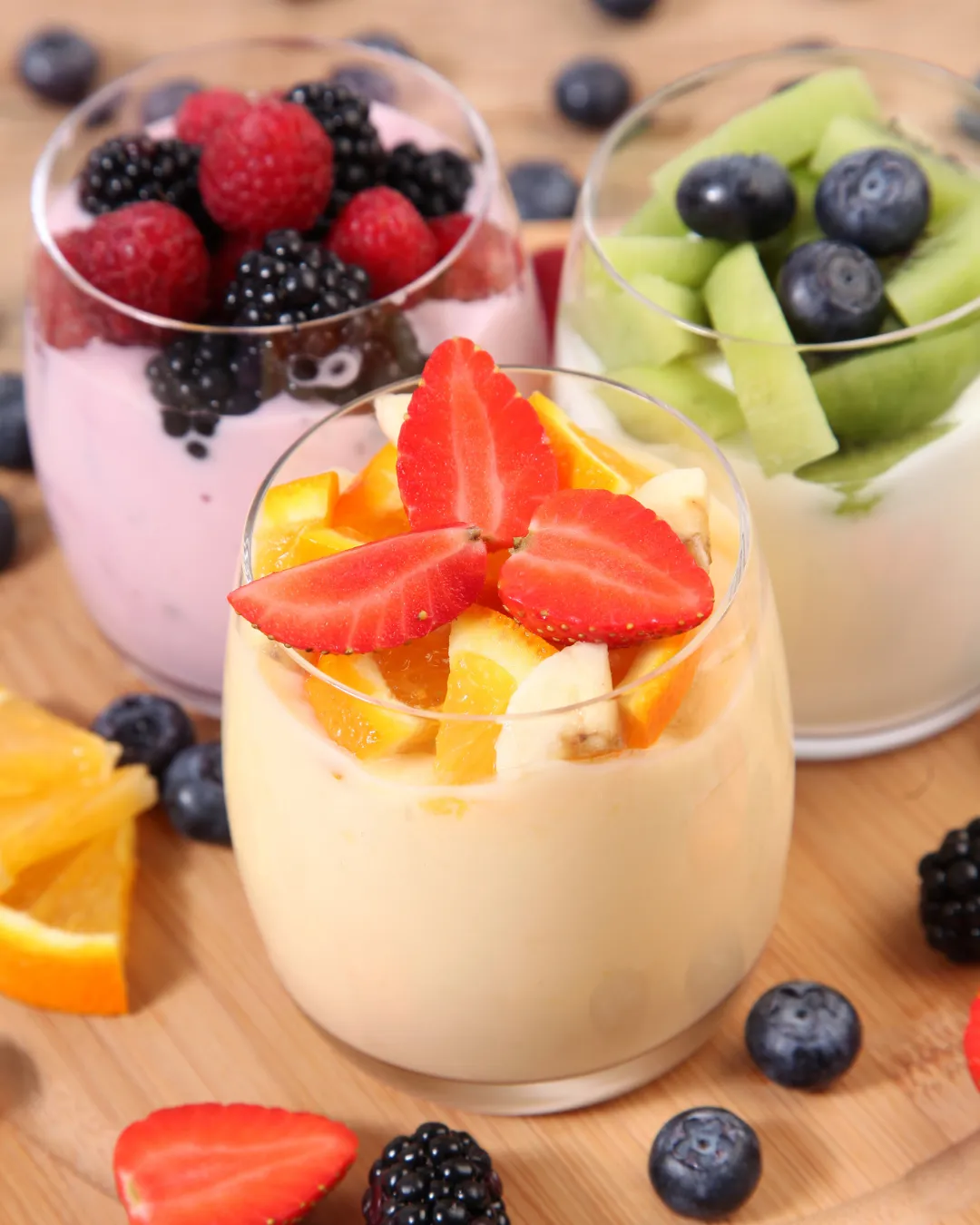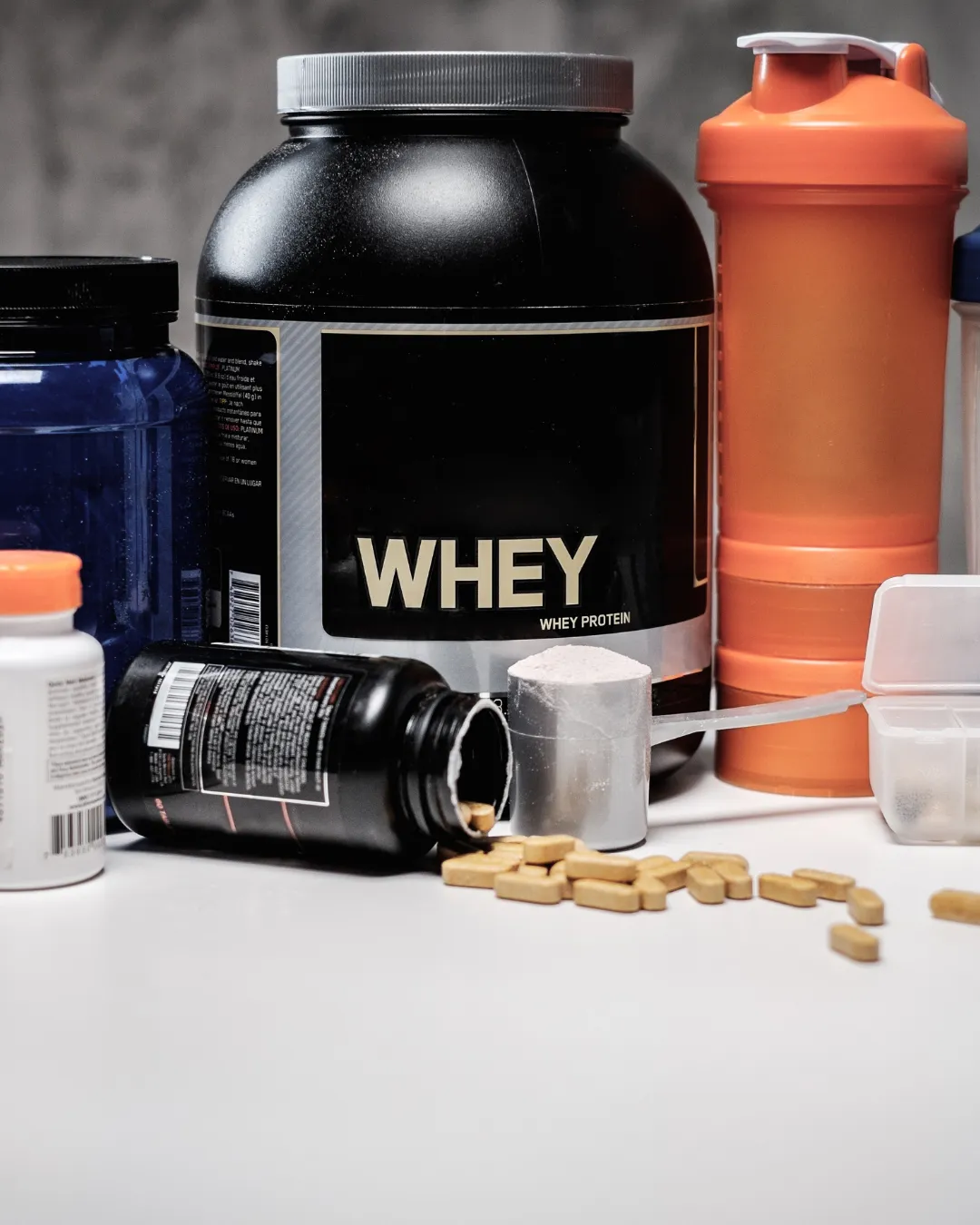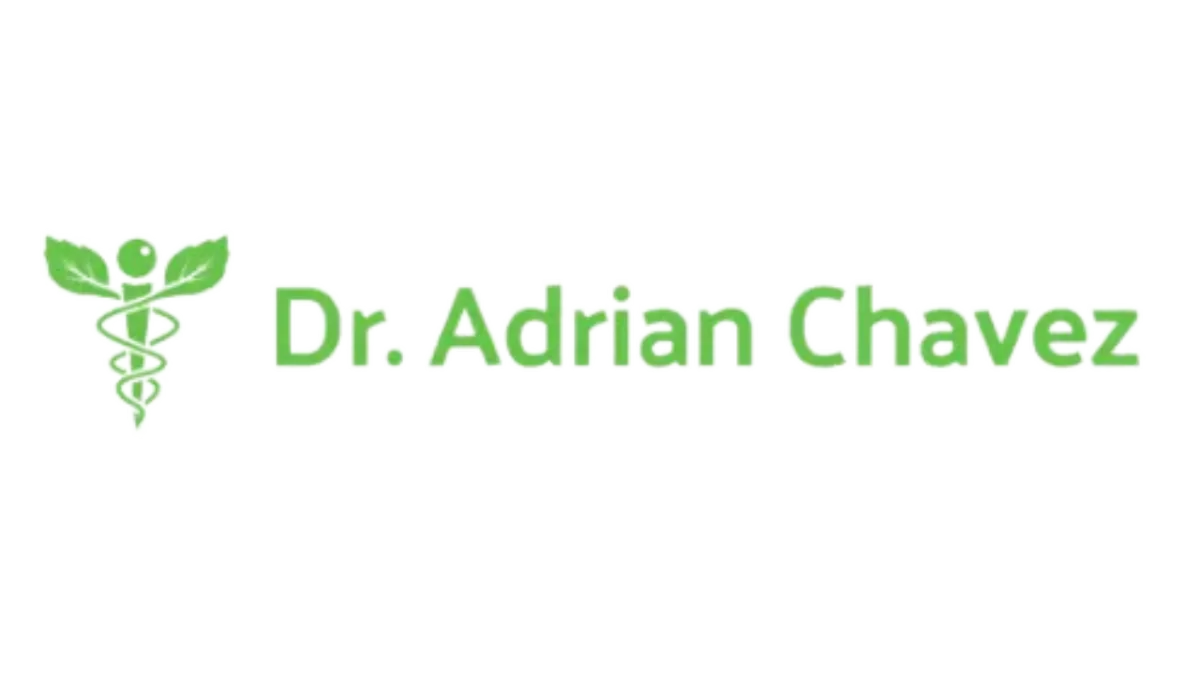Science-Based Nutrition You Can Trust
Cut through the noise and learn how to build science-backed nutrition and lifestyle habits that will improve your health and transform your life.
Tune Into the Nutrition Science Podcast
The Nutrition Science podcast features weekly episodes that dive deep into the science on various topics in nutrition with practical takeaways to help you make informed decisions about nutrition and your health.

Free Resources
Check out some of the free resources that we have to help you build better nutrition and lifestyle habits.
Guide to Calculating Your Calorie and Macronutrient Needs

20 Nutritious Foods to Include In Your Diet for Better Health

Dr. Chavez's Guide to Making Healthy Choices at The Grocery Store


Hey, I'm Adrian Chavez
I believe nutrition is one of the most powerful tools
for improving health and managing disease. So much so that I got a PhD in the topic.
Unfortunately, most of the nutrition information online is inaccurate and misleading.
My goal is to provide a trusted source of practical information in a world of fad diets and magic bullet supplements.
You can learn about me my education, how I got into this field, and more at the link below
WANT PERSONALIZED 1:1 Coaching to Upgrade Your Health?
We offer personalized science-based coaching for helping people to improve digestive and metabolic health issues.

Check out My Top Supplement Recommendations
If you are familiar with my work you will know that I think the supplement industry can be very shady and I am not a big fan of taking supplements that you may not need. This is why I created a guide to help you determine some of the top supplements that CAN benefit your health.
Click on the link below to download the guide.
TESTIMONIALS
What others are saying
"Dr. Chavez is the voice of reason."
"Dr. Chavez is the voice of reason. He focuses on evidence-based nutrition practices that have been shown to work based on research. The way he presents the information seems so simple."
- Henryne Tobias
"I feel like I'm finally putting in the effort into something that is actually real."
"I've lost probably 20 pounds and I'm on it. I'm tracking and I'm watching. I'm changing my LDL and yeah, it feels good. I feel like I'm finally putting in the effort into something that is actually real."
- Greg Bush
"Incredible and truly life changing!"
"Working with Dr. Chavez has been incredible and truly life changing! He is extremely knowledgeable, compassionate, caring, and a true gem. I truly wish I would have found him when I was first diagnosed with Crohn’s Disease."
- Emma Becker
Dr. Adrian Chavez. Copyright 2025 | All Rights Reserved | Terms and Conditions | Privacy Policy |





